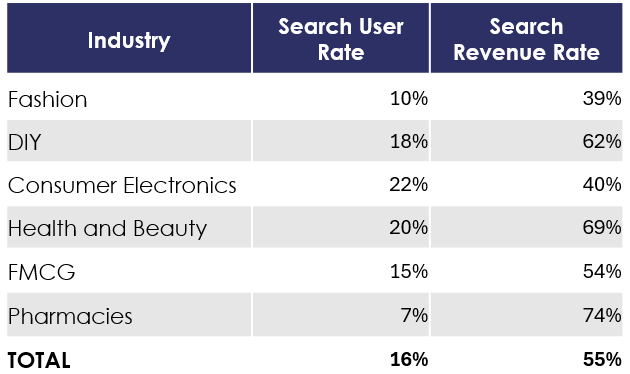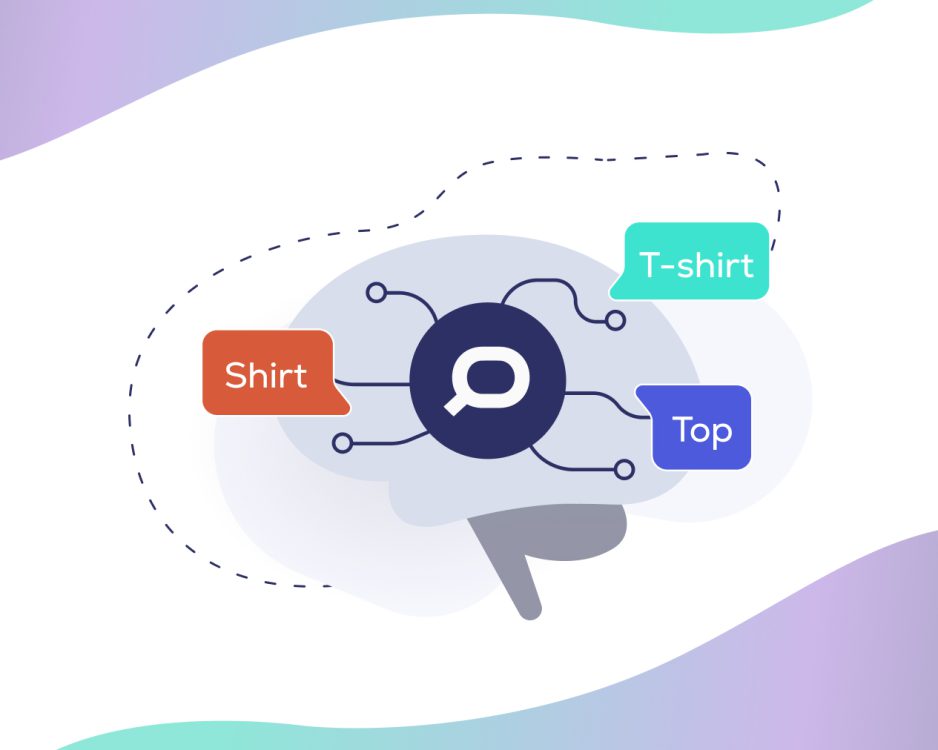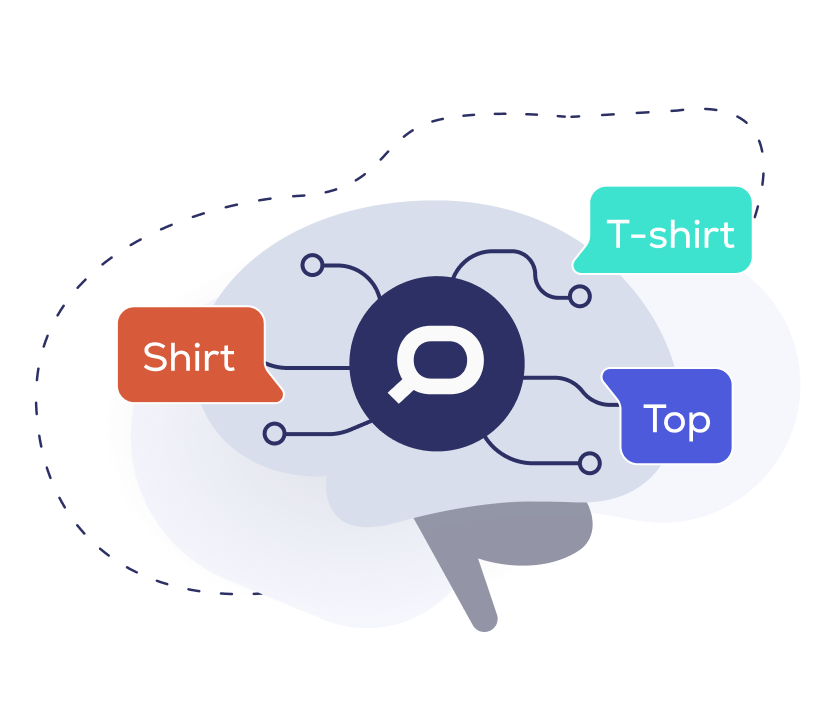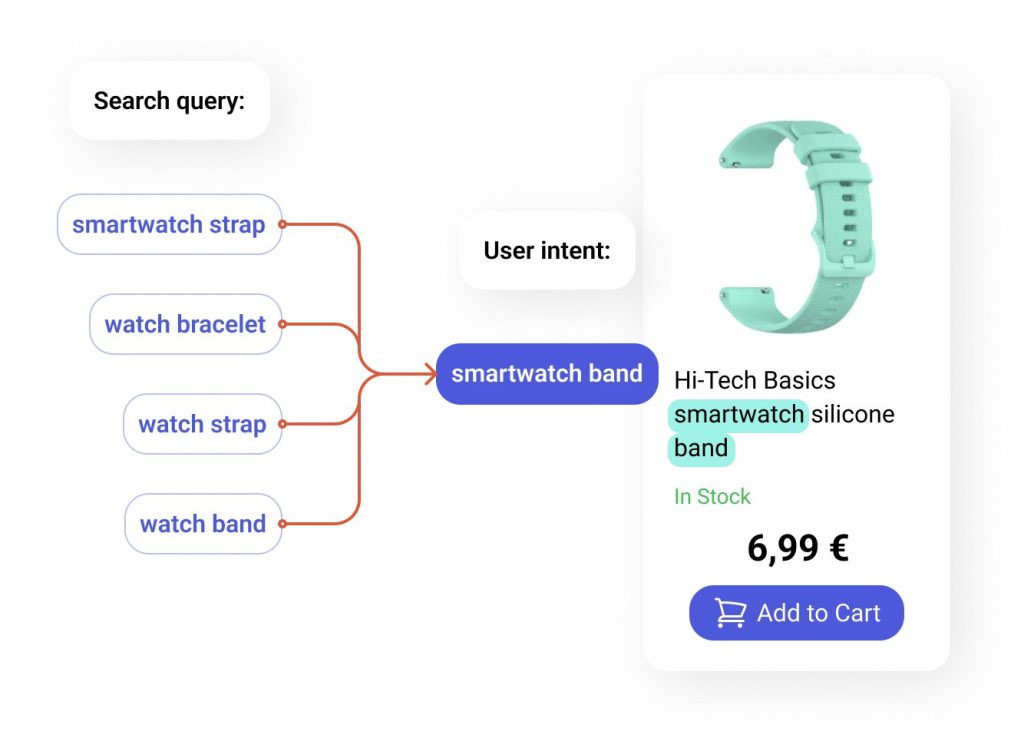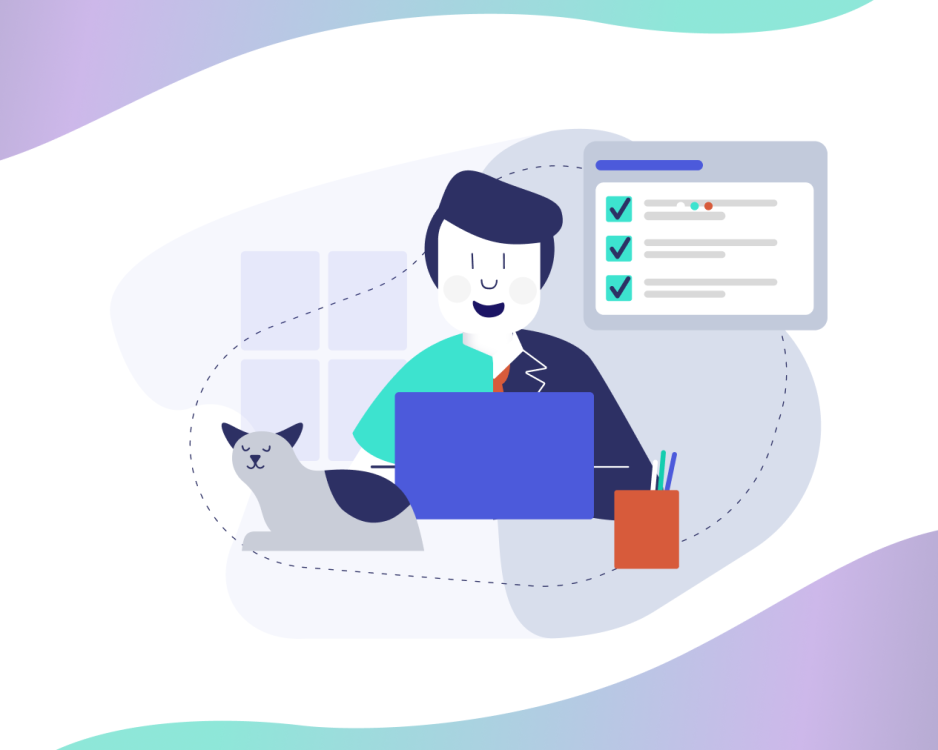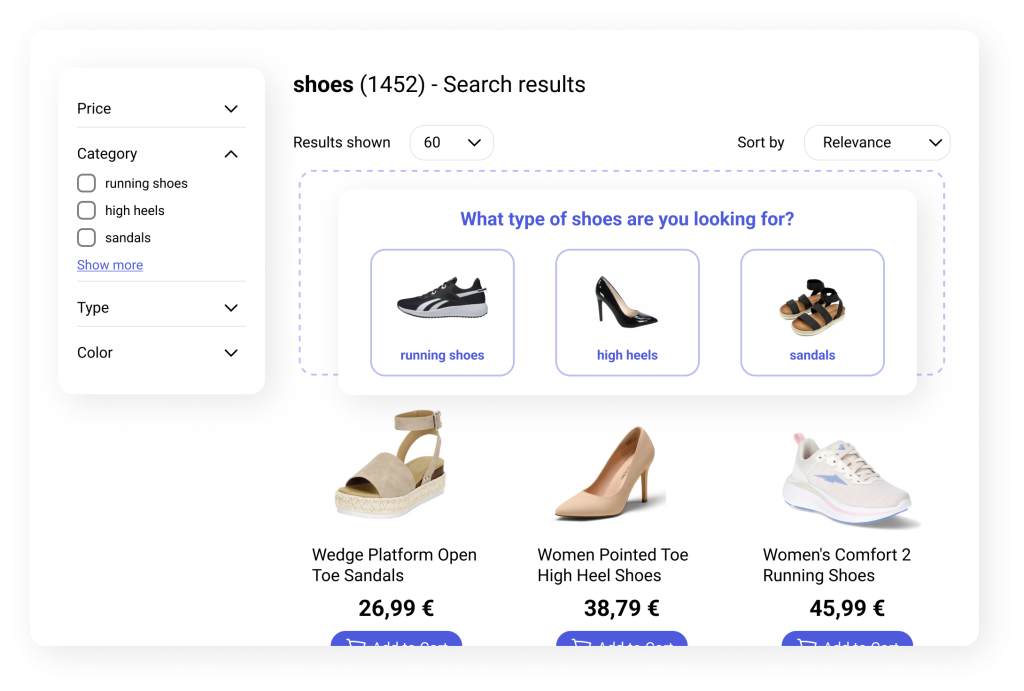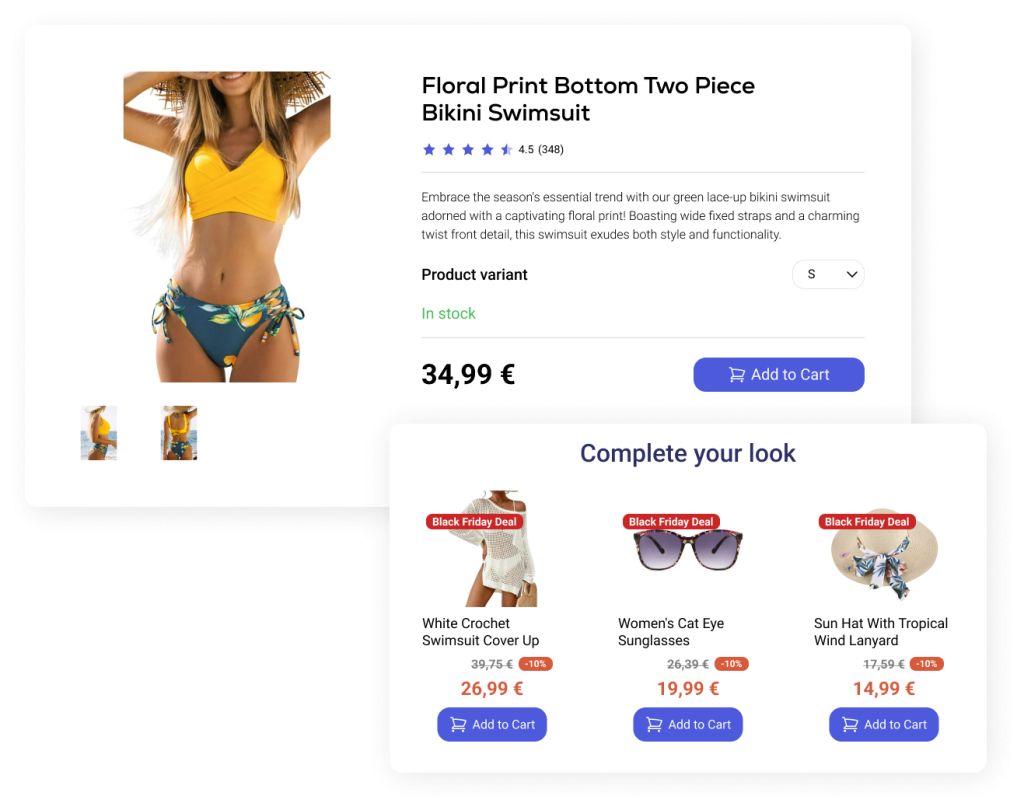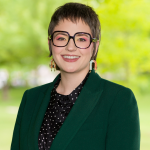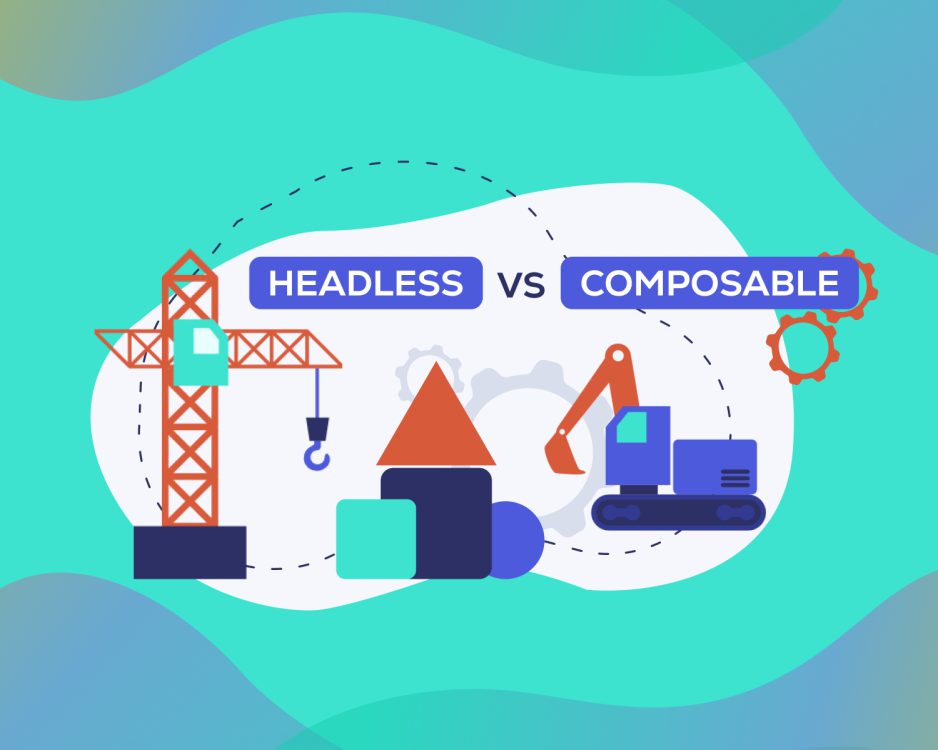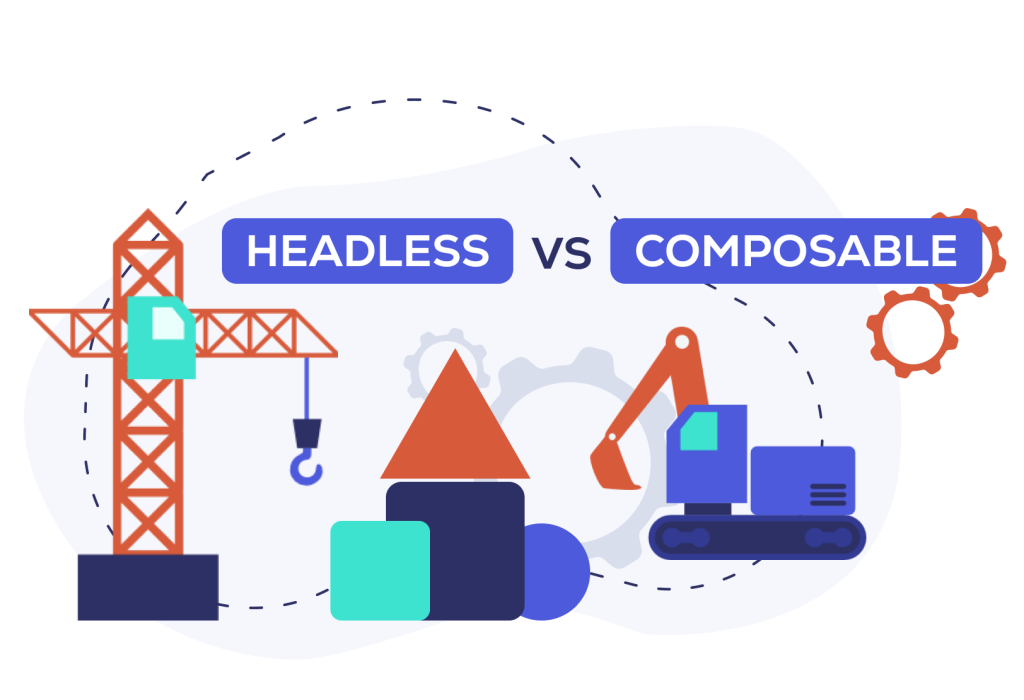How to Scale a Shopify Store with Complementary Products and Smart Curation
As the e-commerce landscape continues to evolve in 2025, Shopify merchants are finding themselves navigating an extremely competitive environment. With thousands of online stores racing for attention, standing out and scaling a Shopify store successfully requires more than just offering great products.
It’s about strategically selecting the right products, creating an exceptional customer experience, and encouraging repeat purchases.
In this article, we will explore how complementary products and smart curation can help Shopify merchants:
- scale a Shopify store
- enhance their customers’ experience
- drive repeat business

- Identifying and Adding Complementary Products
- Using Data to Drive Decisions
- Leveraging Customer Feedback for Product Selection
- Tips for Selecting Products that Enhance the Overall Shopping Experience
- Creating a User-Friendly Store Experience
- Best Practices for Product Recommendations and Upselling
- Encouraging Repeat Purchases and Building Customer Loyalty
- Conclusion
One effective way to achieve sustainable growth is through the strategic use of complementary products and smart curation. By offering products that naturally align with each other and cater to customer needs, Shopify merchants can boost sales, improve the shopping experience, and increase customer loyalty; all key factors when considering how to scale a Shopify store.
Let’s dive into how identifying the right products and curating them thoughtfully can lead to long-term success.
Identifying and Adding Complementary Products
When you are ready to scale your Shopify store, offering complementary products is an excellent strategy. Complementary products are items that pair well together and enhance each other’s value. For example, selling a phone case with a matching charger or offering a skincare set with all the necessary products for a full routine makes shopping easier for customers and increases the chance of additional sales.
To scale a Shopify store successfully, you must first understand your customer base. What do they need alongside your main products? For instance, if you sell yoga mats, consider offering complementary products like yoga blocks, straps, or water bottles. Understanding your customers’ behavior is crucial for selecting the right complementary products that will help you scale a Shopify store.
Using Data to Drive Decisions
Data analytics is a powerful tool when you wish to scale a Shopify store. By analyzing your store’s sales data, you can uncover trends and patterns in customer buying behavior. If you notice that customers often purchase a particular product along with another, it’s a good indication that these items complement each other. This insight allows you to create strategic product bundles, increasing both sales volume and average order value.
If you’re looking for an even smarter approach, consider using the AI-powered Syncee GPT for dropshipping product discovery. This tool helps merchants identify trending and relevant complementary products that align with their brand and customer preferences. With these insights, you can effectively scale a Shopify store by curating a thoughtful and relevant product lineup.
Leveraging Customer Feedback for Product Selection
Another critical aspect of identifying complementary products is actively seeking customer feedback. Understanding what your customers think about your existing products and what they feel is missing can provide valuable insights. By using customer reviews, surveys, and social media interactions, you can discover new complementary products that align with customer needs.

For instance, if customers frequently mention the need for a compatible accessory or express interest in a product bundle, consider adding those to your store. Customer feedback not only helps you refine your product selection but also fosters a sense of community and loyalty by showing that you care about their needs. This approach contributes significantly to scale a Shopify store by creating a customer-centric shopping experience.
Tips for Selecting Products that Enhance the Overall Shopping Experience
Curating the right set of complementary products isn’t just about increasing sales; it’s about creating a positive shopping journey that helps you scale a Shopify store by attracting loyal customers. Here are some tips to help you select products that enhance the overall shopping experience:
- Brand Consistency: It’s important that complementary products align with your brand’s identity. Whether you sell high-quality luxury products or eco-friendly goods, the items you choose to pair together should reflect the same brand values. This maintains a cohesive shopping experience and strengthens brand loyalty.
- Avoid Overloading Customers: While offering complementary products is great, avoid overwhelming customers with too many options. Too much choice can lead to decision fatigue, which may cause customers to abandon their carts. Focus on a few well-chosen, high-quality products that are highly relevant to your core offerings.
- Seasonal Collections: Another effective strategy is to curate seasonal collections of complementary products. For example, offering summer-themed accessories or holiday-specific products can create a sense of urgency and drive seasonal sales. This can encourage customers to make purchases they wouldn’t have otherwise, capitalizing on limited-time offers.
By carefully selecting complementary products, you not only increase average order value but also enhance the overall shopping experience. This approach helps you scale a Shopify store by making it easier for customers to find exactly what they need and encouraging repeat purchases. Platforms like Syncee can help you easily find the perfect complementary products from reliable suppliers, ensuring you’re offering items that align with your store’s goals and values.
Creating a User-Friendly Store Experience
A seamless and intuitive shopping experience is indispensable if you want to scale a Shopify store. Here’s how you can create a user-friendly store that converts visitors into loyal customers:
Effective Product Organization and Navigation
Organizing products logically and clearly makes it easier for customers to find what they’re looking for. Group complementary products together in a “Related Items” section or create bundled product pages. Use categories like “Best Sellers,” “New Arrivals,” and “Recommended for You” to guide customers through the buying journey. A well-organized store helps you scale a Shopify store by maximizing user engagement and reducing cart abandonment.
Utilizing Smart Search Solutions
Smart search solutions like Prefixbox are essential tools for enhancing a store’s user experience. A search bar that understands natural language and provides highly relevant results based on customer queries can drastically improve the shopping experience. Prefixbox, for example, helps customers find complementary products and related items quickly, making it easier to add more to their cart.

An intelligent search system can also boost your chances of cross-selling by showing products that customers might not have thought of but would likely be interested in. With the right search solution in place, your customers will have a smoother path to purchase, and you’ll increase the probability of additional sales.
Optimizing Mobile User Experience
In 2025, mobile commerce continues to grow, and optimizing the mobile shopping experience is crucial to scale a Shopify store. Ensure your store is fully responsive and loads quickly on mobile devices. Simplify the navigation, minimize pop-ups, and streamline the checkout process to reduce friction for mobile shoppers.
Also, consider using mobile-specific features like swipeable product galleries, click-to-call customer support, and mobile payment options such as Apple Pay and Google Pay. A seamless mobile experience enhances customer satisfaction, reduces bounce rates, and increases conversion rates, contributing significantly to scale a Shopify store.
The Power of Social Proof and Customer Reviews
Social proof plays a crucial role in influencing purchase decisions. Displaying customer reviews, ratings, and user-generated content builds trust and credibility. Implementing review widgets, showcasing testimonials, and encouraging satisfied customers to share their experiences on social media helps establish your brand’s authority.
Positive reviews on complementary products also act as persuasive selling points, convincing new visitors to try out the bundled items. This strategy not only boosts conversion rates but also enhances brand loyalty, ultimately helping you scale a Shopify store effectively.
Social media platforms play a vital role in driving traffic and promoting complementary products. By leveraging platforms like Instagram, TikTok, and Pinterest, Shopify merchants can showcase how products work together, inspire purchase decisions, and create a lifestyle narrative around their brand. User-generated content, influencer collaborations, and strategic hashtags increase product visibility and attract potential customers who resonate with the brand’s identity.
For instance, a fashion store can showcase a complete outfit, including accessories, shoes, and bags, allowing customers to purchase the entire look effortlessly. By integrating social commerce features and engaging storytelling, you can enhance the shopping experience and effectively scale a Shopify store.
Best Practices for Product Recommendations and Upselling
Once a customer adds an item to their cart, this is the perfect time to upsell or cross-sell complementary products. Using personalized product recommendations based on browsing history or previous purchases can help guide customers toward items they might need or want.

For example, if a customer is purchasing a camera, suggest a camera bag, lens filters, or a tripod—products that complement their original selection. Upselling and cross-selling not only increase AOV but also enhance the overall shopping experience by helping customers find items that will improve their use of the original product.
Encouraging Repeat Purchases and Building Customer Loyalty
If you want to scale a Shopify store, it does not just mean increasing your customer base—it also involves ensuring that your existing customers keep coming back. One of the best ways to encourage repeat purchases is through the strategic use of complementary products.
How Complementary Products Increase Repeat Purchases
When customers have a positive experience with your store and find products that work well together, they are more likely to return for more. For example, offering refills, accessories, or new seasonal versions of the products they previously purchased encourages them to come back. Complementary products also help increase the chances of multiple purchases in one shopping session, making it more likely for customers to complete their orders.
Personalized Recommendations
Personalization is key when it comes to encouraging repeat sales. Use customer purchase history to provide personalized product recommendations. A customer who bought a pair of headphones, for instance, might appreciate a recommendation for a carrying case or replacement ear pads. Personalized recommendations show that you understand the customer’s needs, which strengthens the relationship and encourages future sales.
Email Marketing and Retargeting Campaigns
Email marketing remains one of the most powerful tools for driving sales and nurturing customer relationships. Personalized email campaigns highlighting complementary products based on previous purchases can significantly increase repeat sales. For example, if a customer bought a camera, sending an email featuring compatible lenses, tripods, or carrying cases is an effective cross-selling strategy.

Segmentation is key to maximizing email marketing’s impact. Divide your email list based on purchase history, browsing behavior, and customer preferences to deliver targeted recommendations. Including dynamic product recommendations, limited-time offers, and personalized discounts encourages customers to explore new products, boosting average order value and customer lifetime value.
Additionally, abandoned cart emails with strategically suggested complementary products can encourage customers to complete their purchases. Offering a discount on bundled items or showcasing customer reviews for related products helps alleviate purchase hesitation, leading to increased conversions and sustainable store growth.
Loyalty Programs and Subscription Models
Another effective strategy is creating a loyalty program or subscription model for ongoing engagement. Offering customers rewards for repeat purchases or allowing them to subscribe to receive complementary products on a regular basis ensures that they stay engaged with your brand.
Conclusion
To scale a Shopify store in today’s competitive e-commerce landscape requires more than just offering great products—it’s about offering the right products in the right way. By strategically selecting complementary products and curating them thoughtfully, Shopify merchants can boost sales, enhance the shopping experience, and encourage repeat purchases.
Remember, the key to scaling is not just in attracting new customers, but in retaining them and ensuring they return for more. Tools like the AI-powered Syncee GPT for product discovery and Prefixbox’s AI search can make the process of curating and discovering complementary products much easier.
By adopting these strategies, Shopify merchants can set themselves up for sustainable growth, making their stores more customer-centric and profitable in the long run. If you’re looking to scale a Shopify store, start by focusing on the right products, the right experience, and the right customer relationships.





